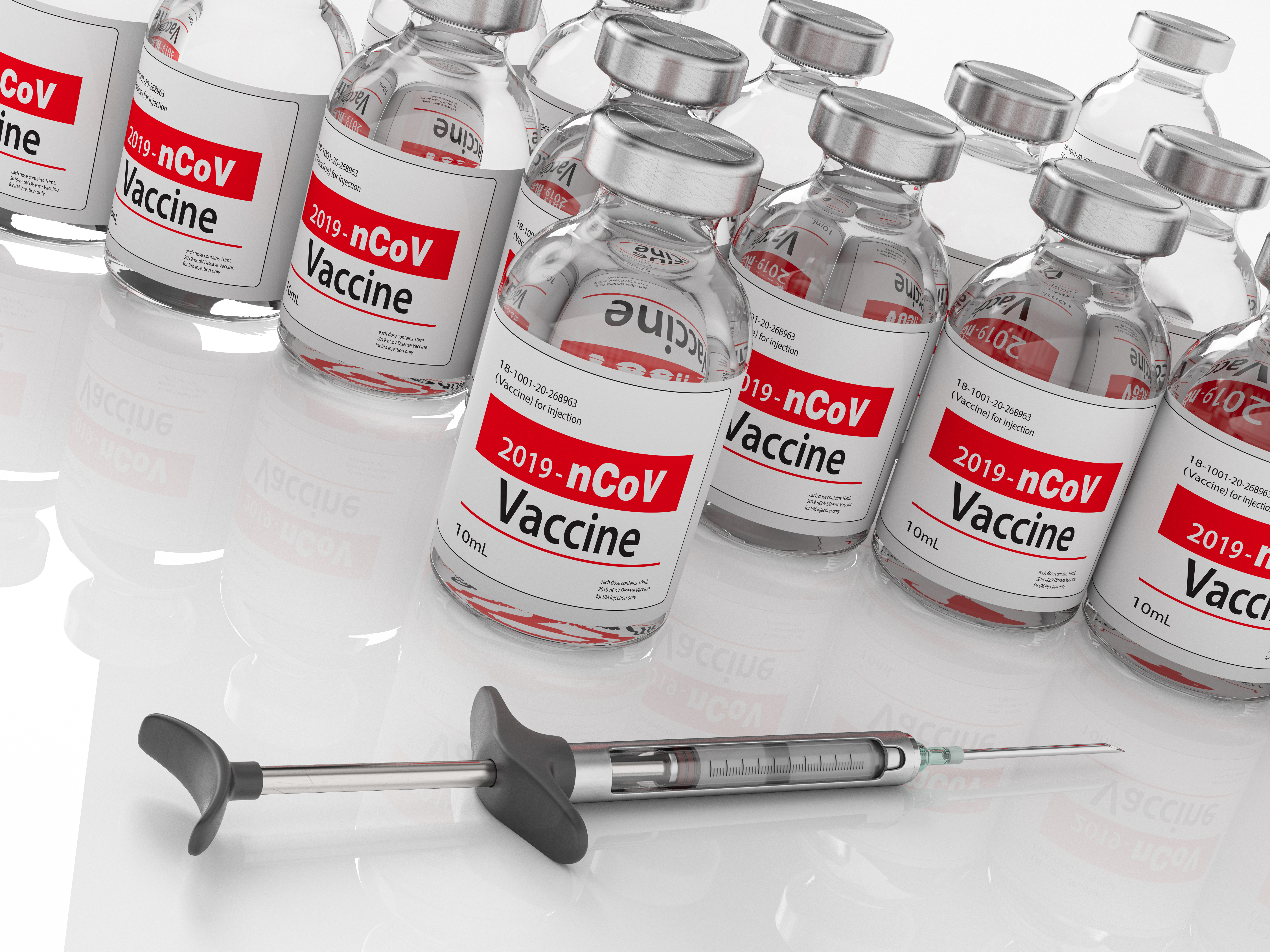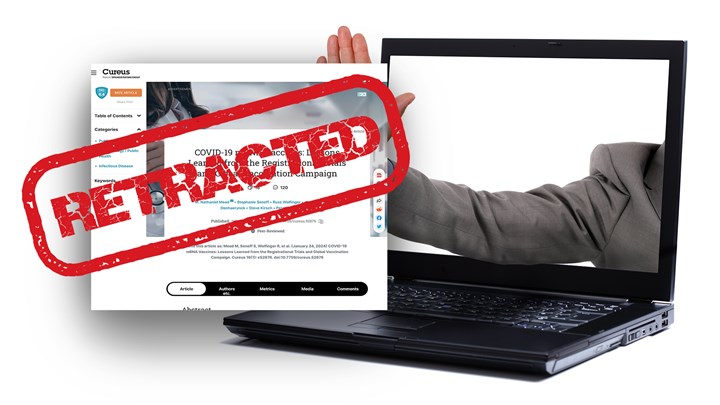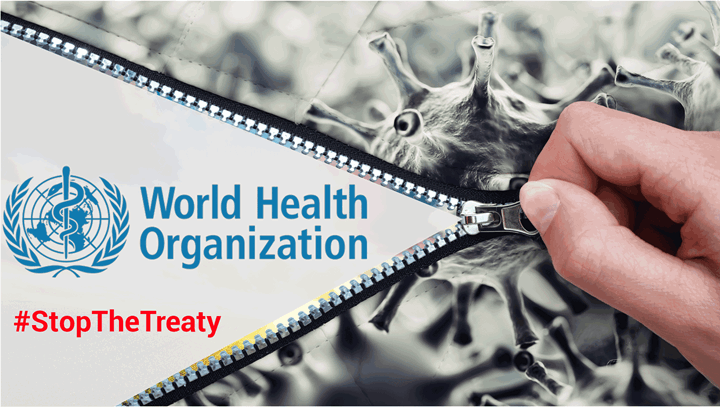Content Sections
By Robert Verkerk PhD, founder, executive & scientific director
The vaccine race is well and truly on as you’ll see from the Milken Institute’s Covid-19 Treatment and Vaccine tracker. But it could just as easily be described as a vaccine war – with the US having accused China of cyber-based espionage for stealing secrets from US vaccine companies that might give Chinese efforts an advantage. Hidden away in the 130-page supplementary appendix published in The Lancet alongside the Oxford/AstraZeneca Phase 1/2 trial, the British team have definitely got it in for the US team at Moderna/NIAID, stating: “Subunit vaccines [like Moderna’s] usually require the use of adjuvants and whilst DNA and RNA vaccines can offer manufacturing advantages, they are often poorly immunogenic requiring multiple doses, which is highly undesirable in the context of a pandemic.” [see Section 3.5 of supplementary appendix, p. 72]
Cooperation? Competition? Or war?
So much for the $18 billion global cooperation effort on vaccines, supposedly led by the World Health Organization (WHO) and Gates’ brainchild, the Coalition for Epidemic Preparedness Innovations (CEPI), that Gates threw nearly $100 million at in 2017.
The idea, agreed at an extraordinary virtual summit of the G20 on the 26th March, was that there would be no ‘profiteering’ over vaccines. The US Food and Drug Administration (FDA) has also widely claimed its commitment to full transparency, including around clinical trials and data. Recognising reports that the US President has pressurised the FDA to cut corners on vaccine development and deployment, a US House of Representatives Oversight Committee has demanded transparency to allow independent scientific review of vaccine safety and effectiveness.
As we start to digest the flurry of Phase 1 and 2 clinical trial reports coming out in some of the world’s most prestigious journals, we’ve been increasingly shocked. It’s a million miles from the kind of transparency we believe is in the public interest that we outline in our Vaccine Transparency Manifesto.
Which data are hidden?
Here are our three top concerns:
- Data disclosure is definitely not transparent. Even in the case of the Oxford/AstraZeneca vaccine trial with its 130 pages of supplementary data, there are huge holes in the data – including about which subjects suffered which adverse reactions, and no breakdown of the adverse reaction data for the biggest groups tested.
- The trial designs are not standardised. Take the two non-replicating viral vector vaccines, the Chinese CanSino Biologics/Beijing Institute for Technology one and the Oxford/AstraZeneca one. Both trials are published in the same journal, The Lancet, one of the world’s most prestigious medical journals. The CanSino one is double blind, the Oxford one single blind. Adverse events for the two trials cover entirely different time periods: 14 days for the CanSino vaccine, and solicited adverse event reports in the first 7 days following vaccination in the case of the Oxford vaccine and 28 days for unsolicited reactions. Apples and oranges.
- Prestigious journals have dropped their standards for research reporting. Tell us how The Lancet allows the Methods in the CanSino trial to mention that the control involves only the adjuvant, yet fails to mention what it is – even broadly speaking, assuming some might argue for confidentiality to protect intellectual property. Wasn’t this all meant to be for the greater good, and open book? Why wasn’t the detailed data for the CanSino trial published in the The Lancet, when in the same journal, the Oxford trial included 130 pages of supplementary data? But in this, why is the detailed breakdown of adverse event reactions for the most important Group 2/4 plain missing? Why is it we can’t work out which subjects suffered from multiple adverse reactions?
 Many vaccine candidates are already in manufacture preparing for roll-out in early 2021 if given green light by regulators.
Many vaccine candidates are already in manufacture preparing for roll-out in early 2021 if given green light by regulators.
The contenders
The World Health Organization (WHO) tells us there are 24 candidate vaccines currently being evaluated clinically in humans. In case you thought the pipeline might be a little light, the WHO assures us there are a further 142 candidate vaccines in pre-clinical evaluation.
The contenders for commercial vaccines are publishing their preliminary data, and there’s huge political and public pressure for one or more of these to be rolled out by the end of this or early next. Among those at the front of the pack are the following 5:
- Moderna/National Institute of Allergy mRNA-1273. We reported on this one last week. The work is being coordinated by Dr Anthony Fauci, head of the National Institute of Health’s National Institute of Allergy and Infectious Diseases. It’s a genetically engineered mRNA vaccine that’s delivered using a lipid nano particle (LNP) encapsulation system. The mRNA is encoded to instruct the muscle cells of the vaccinated person to express a stabilised form of the virus spike protein. It effectively turns your muscles into a vaccine factory and from there it triggers a humoral (antibody) and cell-mediated (T-cell) response. As we reported, even in a very small trial of just 45 people, it produced significant and severe side effects in some and moderately severe adverse reactions in 80% of those vaccinated.
- Oxford-AstraZeneca vaccine. This is a non-replicating viral vector vaccine. It’s based on a synthetic, genetically engineered chimpanzee adenovirus. Once injected, the synthetic code causes the vaccinated person’s body to produce the coronavirus spike protein. That in turn triggers the immune system, both the humoral (antibody) and cell-mediated (T-cell) side. A booster dose is required to trigger sufficient immune response to be potentially useful in the real world. The team at the Jenner Institute had already been working on finding relatively innocuous viruses that could act as vectors for Ebola, so they could quickly redirect their efforts to Covid-19 in January. Some argue that the Oxford vaccine is presently leading the vaccine race.
While the trial results were promising from an immunogenicity viewpoint, the median age of the healthy participants was only 35, so we still don’t know much about how it might work on older people, including with comorbidities, who suffer the most serious cases of disease. Nor do we know much about how it affects those of non-white ethnicity, given 91% of subjects were white. The vaccine is non-adjuvanted which is a plus in terms of side effects, but the vaccine still showed more adverse reactions than the comparators, either Pfizer’s Nimenrix or GSK’s Menveo vaccines, both targeting meningitis (MenACWY). We also cannot deduce from the non-transparent data which subjects suffered different combinations of adverse events, and detailed adverse event data relates only to the initial Group 1 (n= 88) trial that also tested the effects of paracetamol. Surprisingly there were no comprehensive data on the Group 2/4 in which 489 volunteers were vaccinated with the genetically engineered chimpanzee virus vector. In short, the data are insufficient to allow independent evaluation of safety. - CanSino Biologics/Beijing Institute of Technology. Like the Oxford-AstraZeneca vaccine, this one is also based on a non-replicating viral vector vaccine. This time, the vector is a weakened, replication-defective human adenovirus (type 5) that causes the ‘common cold’ and does contain an adjuvant. Like Moderna, CanSino has never produced a vaccine before, but it’s very well funded and has the might of the Chinese government behind it. The project, as well as executives at CanSino, have strong ties with Canada. We know the vaccine is adjuvanted because the recently published Lancet paper with preliminary results of its double, not single, blind trials, tells us this much in its methods, the control being the same as the treatment (i.e. just so-called excipients) minus the genetically engineered sub-unit of the viral vector. But incredibly in our view, the Lancet paper omits to tell us what the adjuvant is. Is it an aluminium salt? Possibly, but we don’t know. The immune response looks good at face value, but it’s impossible to compare with other vaccines as no assessments are comparable. As far as adverse events are concerned, 9% suffered severe ones at the highest dose, 1% at the lower dose. Given that immunogenicity was comparable, they’re now going for the lower dose in the Phase 3 trial. Putting that in perspective, assuming a country the size of the UK, even the lower dose, if exposed to 70% of the UK population, would elicit 466,550 severe adverse events based on these preliminary results. That’s over one and a half times more than have been confirmed infected by Covid-19 in the UK to-date.
- Pfizer-BioNtech’s BNT162b vaccine. Don’t discount this one – using the same lipid nano particle (LNP) platform as Moderna, with the world’s largest pharma company, Pfizer, in the mix for manufacturing and roll-out. Initial results are cited as promising in terms of immunogenicity and "lack of adverse events. The UK has ordered 30 million doses of one of two of the mRNA vaccines, whichever works best. But that’s dwarfed by a patriotic US order of 600 million doses.
- Zydus Cadila - ZyCoV-D vaccine. Another candidate we should all keep our eyes on is the all-Indian vaccine project, based on a plasmid DNA vaccine. Details are sketchy, but apparently preclinicals yielded a strong immune response.
Transparency, or no trust
We’re moving rapidly towards a significant crossroads - one we can't afford to be sleeping at the wheel at when we arrive. Those who believe (and right now, it’s about belief and not scientific evidence) that vaccines are our only way out of this pandemic and into some semblance of normality, better soon realise that transparency is going to be a prerequisite. Many who have been denigrated as ‘anti-vaxxers’ or vaccine hesitants are simply those wanting more information, those who are concerned about the abominable lack of transparency around vaccine development and trials, or are parents or family members of those who have been vaccine-injured.
Hidden by a PR-machine intent on preparing people to roll up their sleeves is another critically important issue no one seems to be talking about. Where was the public debate on genetically engineered vaccines? Europeans have long been opposed to consuming genetically engineered foods – and many US states fought hard to force companies to label products containing genetically modified ingredients, albeit often unsuccessfully given the might of the pro-GMO lobby.
But at least foods are filtered through the digestive tract, including our very sophisticated intestinal mucosa and gut microbiome. Vaccines, including any adjuvants, other excipients and any free-loading contaminants bypass this sensing system. Many of the genetically engineered vaccines now heading the vaccine race do things we recently reserved for science fiction. They get our bodies to become the vaccine factories, having received information to do this from instructions issued by synthetic genetically coded material.
If you’re OK with all of this, that’s fine. But we believe you should be told and given all available information about the known risks and benefits, as well as about the composition of the medical treatment you’re being subjected to - before it’s given. That’s what medical consent is about - and it’s written into the rule book of every supposedly civilised nation, yet so often flouted in the case of vaccination.
We owe it to future generations to push the authorities to ensure we’re all provided with all the information we need to make an informed choice prior to being exposed to such an unproven medical procedure that breaks all the laws of nature that have preceded us for around four and half billion years. This issue will come to a head if the G20 countries get to produce their desired new, chip-enabled, machine-readable immunisation record that will be as important as your passport if you want to move from your country of residence.
Take action NOW!
Find out more about our Vaccine Transparency Manifesto and tell your elected representative why it’s so important for all of our futures by downloading the UK or international flyer below.
>>> Download UK flyer as PDF
>>> Download international flyer as PDF








Comments
your voice counts
There are currently no comments on this post.
Your voice counts
We welcome your comments and are very interested in your point of view, but we ask that you keep them relevant to the article, that they be civil and without commercial links. All comments are moderated prior to being published. We reserve the right to edit or not publish comments that we consider abusive or offensive.
There is extra content here from a third party provider. You will be unable to see this content unless you agree to allow Content Cookies. Cookie Preferences